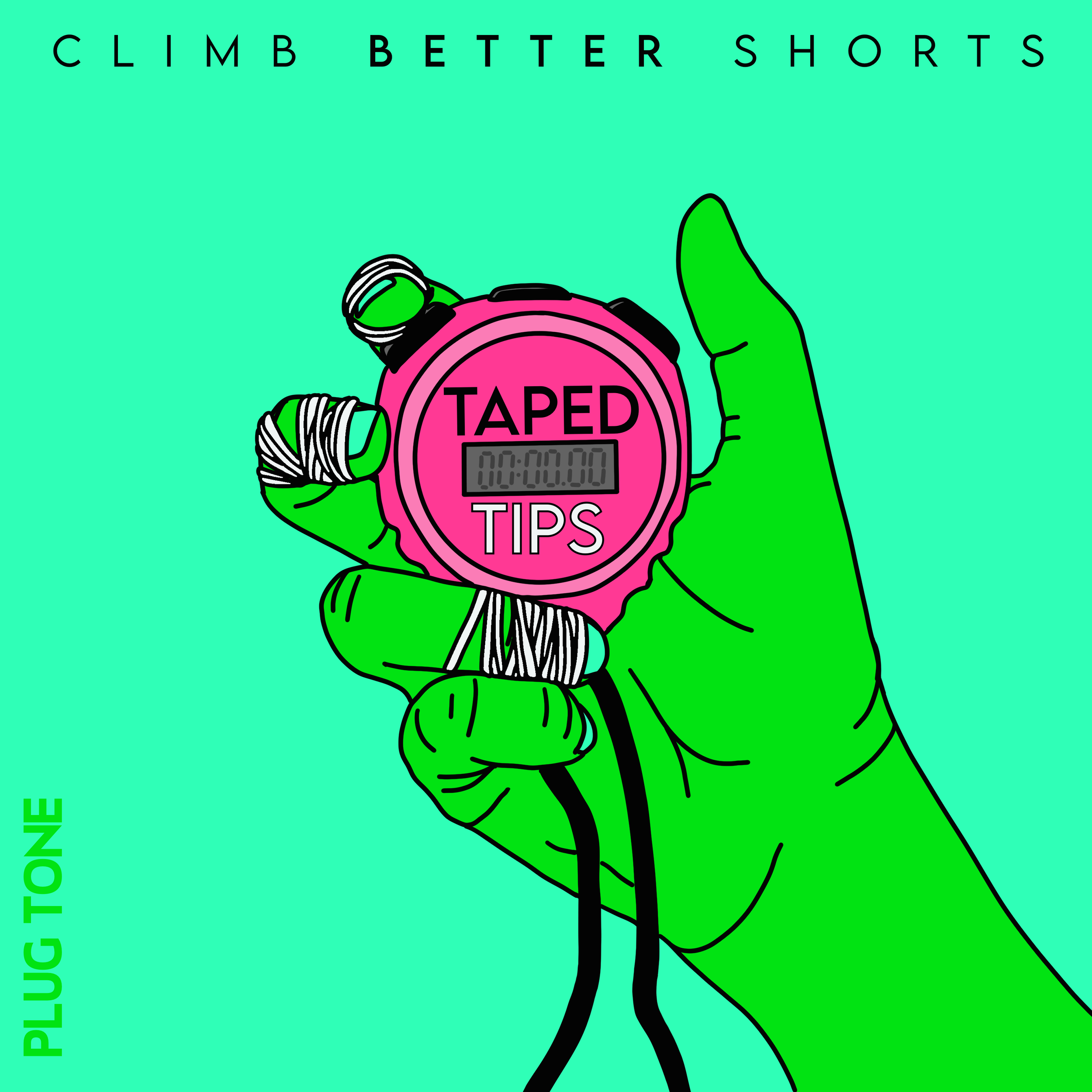Taped Tips | I Said What I S.A.I.D.
You’ve heard of the SAID principle, right? S-A-I-D: Specific Adaptations to Imposed Demands. You’ve heard of it. And you thought that it meant simply that to get better at climbing, you have to climb on boulders that look just like the climbs you do outside, right?
If that was you, you were in the majority.
But you were wrong.
Is climbing pulling straight down on edges? Not always.
Is it compressing on slopers? Not always.
Is it jumping from grip to grip? Sometimes.
Is it moving slow and precise. Pretty often, actually.
Is it full-crimping? Half-crimping? Open hand? 3 Finger Drag? Middle 2? Back 3? Mono? Crosley? Pinch? Back-stepping, drop-kneeing, twisted, square, toe-hooking, heel-hooking, edging, smearing, blah blah blah…
Well, It’s all of these things. And thousands more things. It’s too much. So today, we’re going to learn a little more about what specificity actually means.
See, what climbing “looks” like is almost never the same from area to area, day to day, climb to climb, move to move, or grip to grip. It just isn’t.
Still, we think we know exactly what it looks like. We’ve zeroed in on the details. And in this case, it really isn’t those details that matter.
Instead, let’s think bigger. Let’s zoom WAAAY out. Let’s back away from climbing a few million miles and take a space shuttle view of it.
From out here, climbing looks different. We can’t see the details – whether it’s a crimp or a pocket, or a toe-hook or heel-hook. Instead, it looks like turning the dial of effort. It looks like uncertainty and challenging decision-making. It looks like exploring positions to find balance and experimenting with different trajectories. It looks like reorganizing your body to make it fit in the space between grips. It looks like the ability to apply tension when needed, and release it when advantageous.
So those things? Those are the specific adaptations I’m looking for. Those are the imposed demands I seek out. SAID principle: S-A-I-D, remember? Specific Adaptations to Imposed Demands.
I mean, sure, more crimping will make you better at crimping. More compression will make you better at compression – to a point, anyway. That’s obvious.
But you can only apply crimping to crimping. And compression to compression. And you’re going to have to follow this logic a million times over to be well-rounded, particularly if you’re removing decision-making, belief, and uncertainty from the equation. I hope your systems wall is the largest ever created. You’re going to need it. And you’ll get pretty good at it – at that specific wall. But probably not much else.
I want more bang for my buck. I’m after position. Effort. Better decision-making. An understanding of tension. I don’t need the climbs to look just like my projects to do that.
Motor-learning research has shown that NOT practicing the same movement over and over and trying to replicate the very best technique, but instead trying to figure out many variations of that movement – even if they sometimes seem outlandish – will actually make you better at completing that original movement. Counterintuitive, maybe, but if we are still taking our space-shuttle view of climbing specificity, then it starts to make more sense.
In fact, the more wildly different the problems that I’m doing look, the more unknowns they throw at me, the better I will get. The more adaptable my skill set becomes. My perception of my environment will afford more opportunities. I won’t be stumped outdoors when I can’t find a single crimp to pull down on. I’ll be able to imagine the way my body fits in the spaces between the non-holds, or the way momentum can carry me laterally across a holdless slab.
I’m not good at it, but when in the gym, I try the comp boulders. You should, too.
Yeah, I said what I SAID.
In our Coaching for Mastery course, we go DEEP into how coaches and climbers can create an effective practice. That’s literally what the entire course is about. The research, the theories, my experience, and how you can practically apply it. Click the image above to learn more.


















One of the most common places things start to fall apart is at the very beginning of the move.